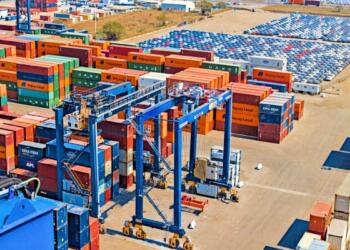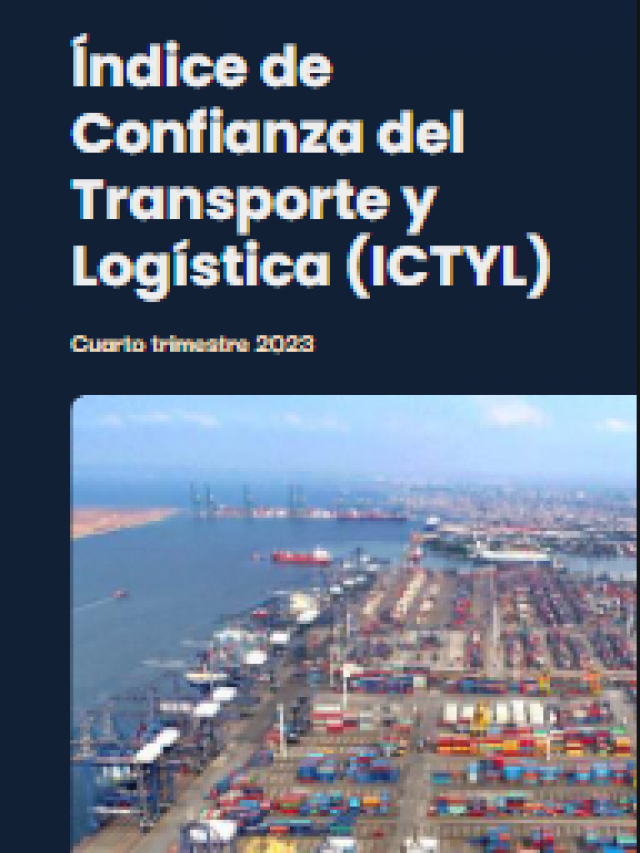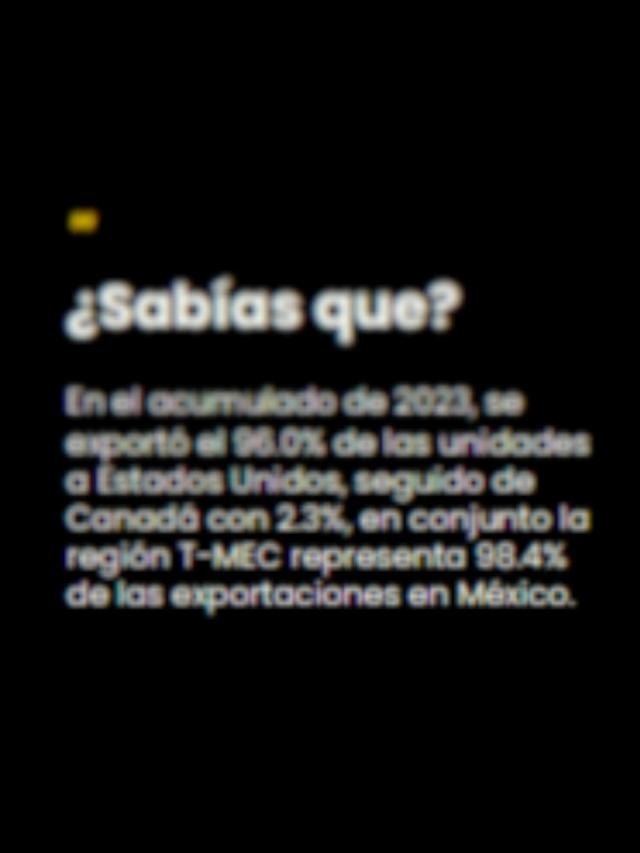
The heavy vehicle sector in Mexico faces a growing problem, with the import of used units reaching a historic record in 2024, setting off alarm bells in the auto transport industry.
According to data from the National Association of Bus, Truck and Tractor Producers (ANPACT), 29,790 used units were imported last year , an increase of 47.9% compared to 2023.
This unprecedented increase is worrying the sector, as many of these units do not comply with environmental regulations or adequate safety standards.
“ These units do not have physical-mechanical conditions regulated, they are scrap, waste from the United States, and they are not in optimal and specific conditions to circulate here in Mexico, neither from the environmental point of view, nor from the point of view of safety , “ warned Rogelio Arzate , executive president of ANPACT.

The industry brought the issue to the table for discussion with the Mexican authorities. One of the strategies they have proposed is to take advantage of the review of the T-MEC (Treaty between Mexico, the United States and Canada) in 2026, to regulate the entry of these vehicles through stricter rules of origin.
“ Although the decree for the importation of used vehicles has been renewed, we believe that one measure is that, based on the T-MEC, the rule of origin be considered for the compliance of these vehicles, which would reduce the number of units that are being imported , ” explained Arzate.
He also explained that the sector proposes renewing the environmental agreements that regulate the circulation of these vehicles, arguing that the current regulations date back to 2004 and have allowed the entry of units that today, 20 years later, should not continue operating in Mexico.
Arzate said there is an open dialogue with the federal government on this issue and that they will continue to promote measures to curb the impact of this import.
Production and export in opposite direction
In announcing the performance of the industry during January 2025, ANPACT reported that the production of units in Mexico fell by 9.5% in January 2025. It reported that 14,108 units were manufactured , of which 13,839 were cargo and 269 were passenger .
Arzate commented that this drop is related to the entry into force of NOM-044 , which since January 1, 2025 determines that all units produced or imported comply with the Euro VI and EPA 10 standards .

In terms of exports , 10,985 units were sent abroad in January , which represented a 7.6% drop compared to January 2024. The drop in demand from key markets such as the United States and Canada has been a determining factor in this decline.

The United States remained the main destination, although with a 7.1% drop in shipments. Other markets such as Canada, Guatemala, Peru, El Salvador, Ecuador and Colombia also reflected variations, with a significant reduction in Colombia , while Ecuador showed a slight increase.

Regarding this trend, Arzate pointed out that “there are many variables” that are affecting this situation, such as technological changes and economic impacts on countries. “The United States is currently undergoing an adjustment process and that is why there is a decline in production and exports,” he added.
The effect of the new regulations and lower production was also reflected in the domestic market. In January, wholesale sales fell by 30.5% , with 2,608 units sold , while retail sales fell by 10.07% , with 3,858 units sold.
Despite this adverse context, the tractor-trailer segment grew by 7.52% , reaching 2,059 units , indicating that certain areas of the market still show dynamism.
Cristina Vázquez, coordinator of Economic Studies at the Mexican Association of Automotive Distributors (AMDA) highlighted that, despite the drop in retail sales in January 2025 , the domestic market continues to show stability in certain segments.
“Although we see this reduction compared to the previous year, let us remember that throughout 2024 we had a historical high recorded in retail sales,” he explained, noting that the sector’s performance remains above pre-pandemic levels.
The heavy vehicle sector in Mexico faces a year of significant challenges. While it struggles to contain the import of used vehicles with strategies based on the T-MEC , it must also adapt to the demands of NOM-044 and to an international market with lower demand.
Comment and follow us on X:@karinaquintero / @GrupoT21















